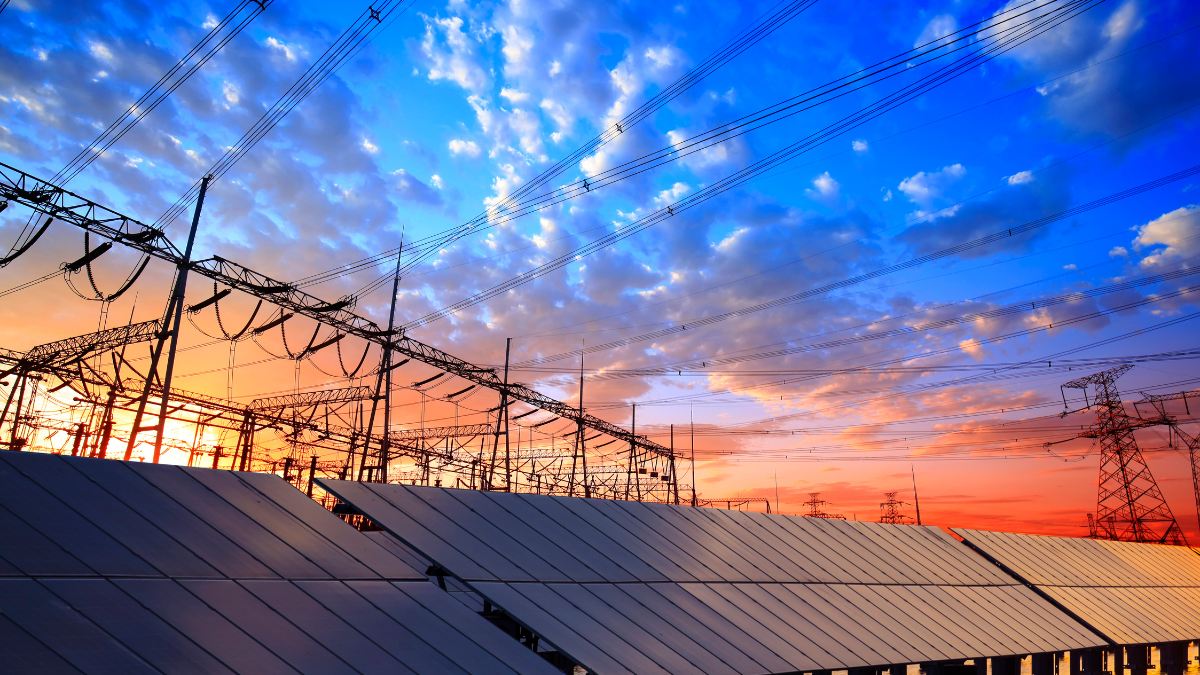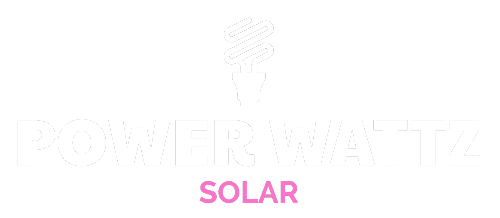
The Central Electricity Regulatory Commission (CERC) has issued the Draft Fourth Amendment to the Connectivity and General Network Access to the Inter-State Transmission System Regulations, 2025. These new regulations are intended to improve the clarity, efficiency, and flexibility of connectivity and scheduling for renewable energy generating stations (REGS) and energy storage systems (ESS) across India. The amendment, which will take effect from the date of its publication in the Official Gazette, introduces several key provisions that aim to streamline processes, define roles more clearly, and enhance the use of renewable energy sources in the national grid.
The amendment introduces the concept of “Entities with Restricted Access.” These are REGS or ESS whose injection scheduling rights are limited to either solar hours or non-solar hours of the day. Solar hours and non-solar hours will be declared weekly by the National Load Despatch Centre (NLDC), based on anticipated solar insolation in each state. This classification will help balance the injection of power into the grid depending on generation patterns from solar and non-solar sources.
One of the major highlights of the amendment is the addition of Regulation 5.2a, which sets specific conditions for additional generation capacity. Developers seeking additional capacity must furnish the required bank guarantees and scheduled dates of commercial operation, particularly for REGS or ESS projects. These projects must be commissioned within 18 months of approval, failing which their approvals may be revoked.
Further changes have been made to the regulation concerning Renewable Power Park Developers, requiring them to provide the commercial operation date of generating stations before they are granted final connectivity. Promoters are also required to submit shareholding details, ensuring greater transparency and accountability.
The amendment introduces a new Regulation 5.11 that deals with restricted access connectivity for REGS and RHGS (Renewable Hybrid Generating Stations). It provides for cases where projects based on wind or ESS can seek connectivity during non-solar hours, sharing terminal bays at ISTS substations with other REGS that use the same bay during solar hours. The regulation includes clear examples to show how scheduling rights will apply during solar and non-solar periods.
It also states that existing entities with connectivity for solar sources will be reclassified under restricted access if their non-solar capacity is 50 MW or more. If it is less than 50 MW, such entities will not be considered for restricted access conversion. Additionally, the amendment allows RHGS with a combination of solar, wind, and ESS to schedule power during solar and non-solar hours based on the composition of their capacity.
A significant aspect of the amendment is the introduction of detailed modalities for sharing dedicated transmission infrastructure. This includes agreements between entities for cost-sharing and usage rights, as well as guidelines for resolving disputes based on reference capital costs published by the nodal agency.
The amendment also adds provisions related to changes in shareholding patterns. It restricts promoters from transferring control of the project company until the commercial operation date. Any changes must be approved by the nodal agency and notified to the commission. Violations can result in the revocation of connectivity and encashment of bank guarantees.
The amendment requires NLDC to publish weekly solar and non-solar hour schedules for each state and update them based on weather or unforeseen conditions. Entities with restricted access will also need to appoint a lead generator or Qualified Coordinating Agency (QCA) for scheduling and compliance under the Grid Code.
These regulatory updates aim to create a more organized and flexible system for managing the increasing contribution of renewable energy to the national grid while ensuring fairness, efficiency, and reliability.
Related
Source link



